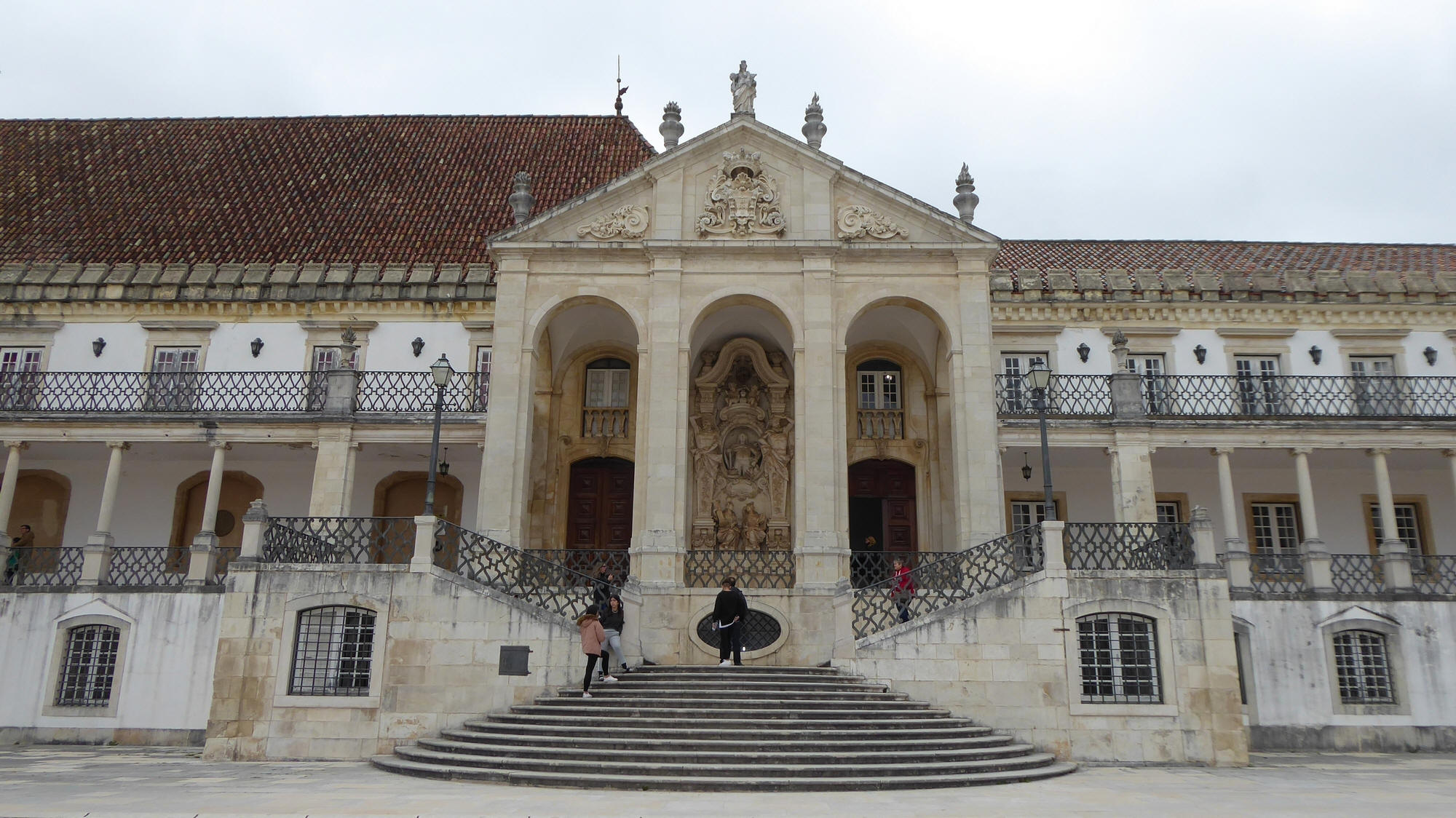Other places of interest and excursion destinations in other countries:
 |
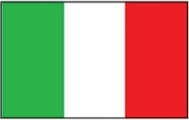 |
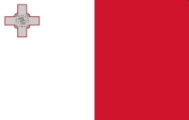 |
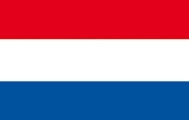 |
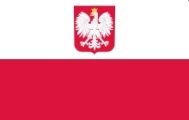 |
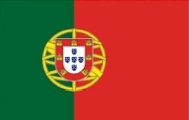 |
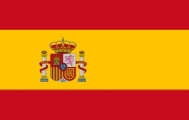 |
 |
FR |
IT |
MT |
NL |
PL |
PT |
ES |
DE |

Neighborhoods in Lisbon:
Near Lisbon
Selected cities in Portugal
Lars Haagen Petersen
Coimbra
Coimbra, best known for its famous university is located approx. 200 km. north of Lisbon and about 1 hour drive by high-speed train from the capital. The city has a small population of 250,000 and is the fourth largest in Portugal. Coimbra is located on the Mondego River and is just 50 km away from the coast.
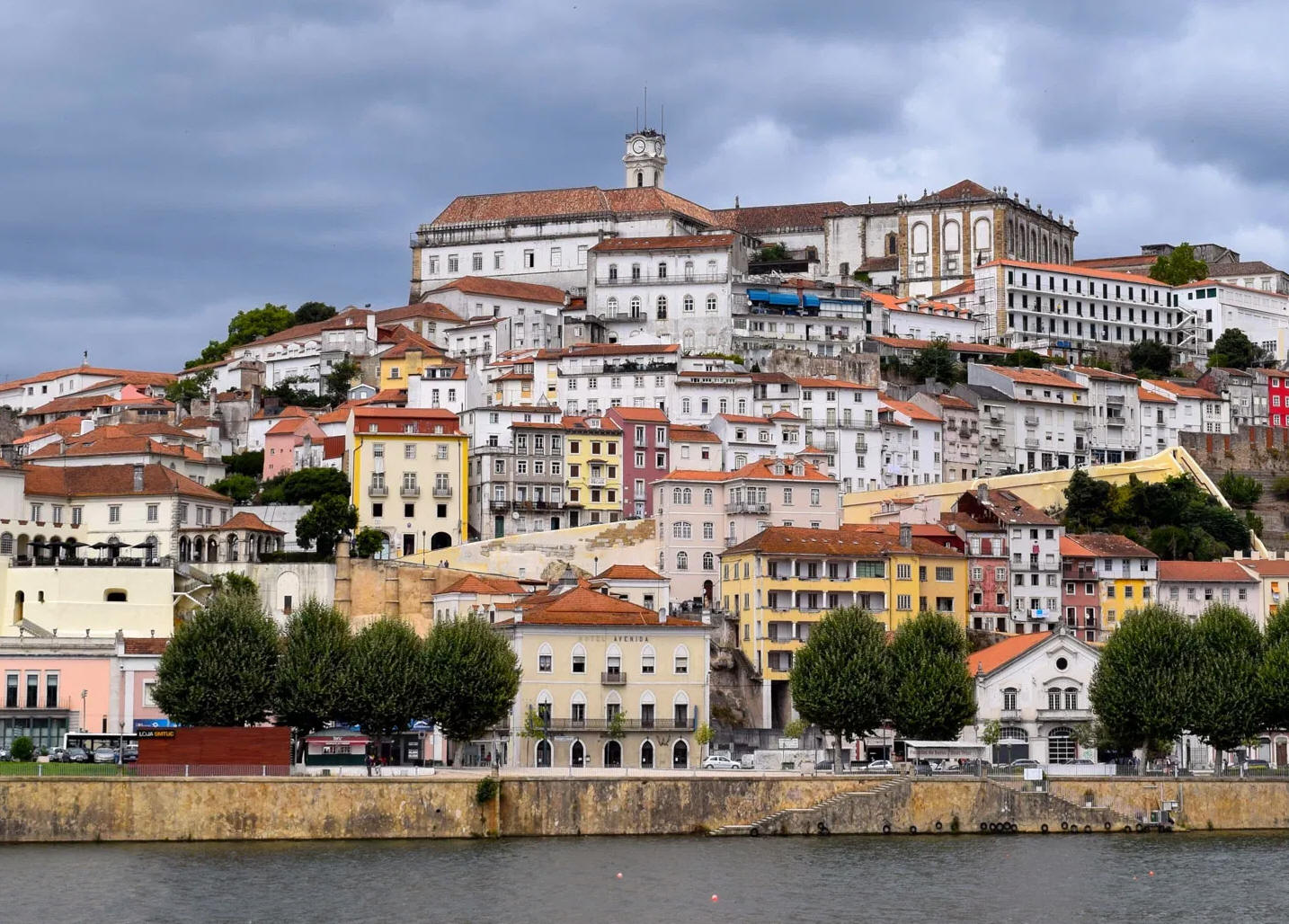
Coimbra - View from the river Mondego - Spring 2018
Coimbra is one of the most interesting cities in Portugal and it is not only due to the university that has been added to the UNESCO World Heritage List, but also because of the charming old town itself with its narrow streets, which in itself is worth a visit. A train ride with the high-speed train from Lisbon's Oriente station is definitely recommended and it is also affordable. Although it is possible to return to Lisbon later the same day or later in the evening, I would nevertheless recommend taking an overnight stay or preferably two in the city as it opens up a lot of opportunities and not least to get a little peace over the trip and to be able to enjoy one of Portugal's most charming, beautiful and significant cities.

Wanted
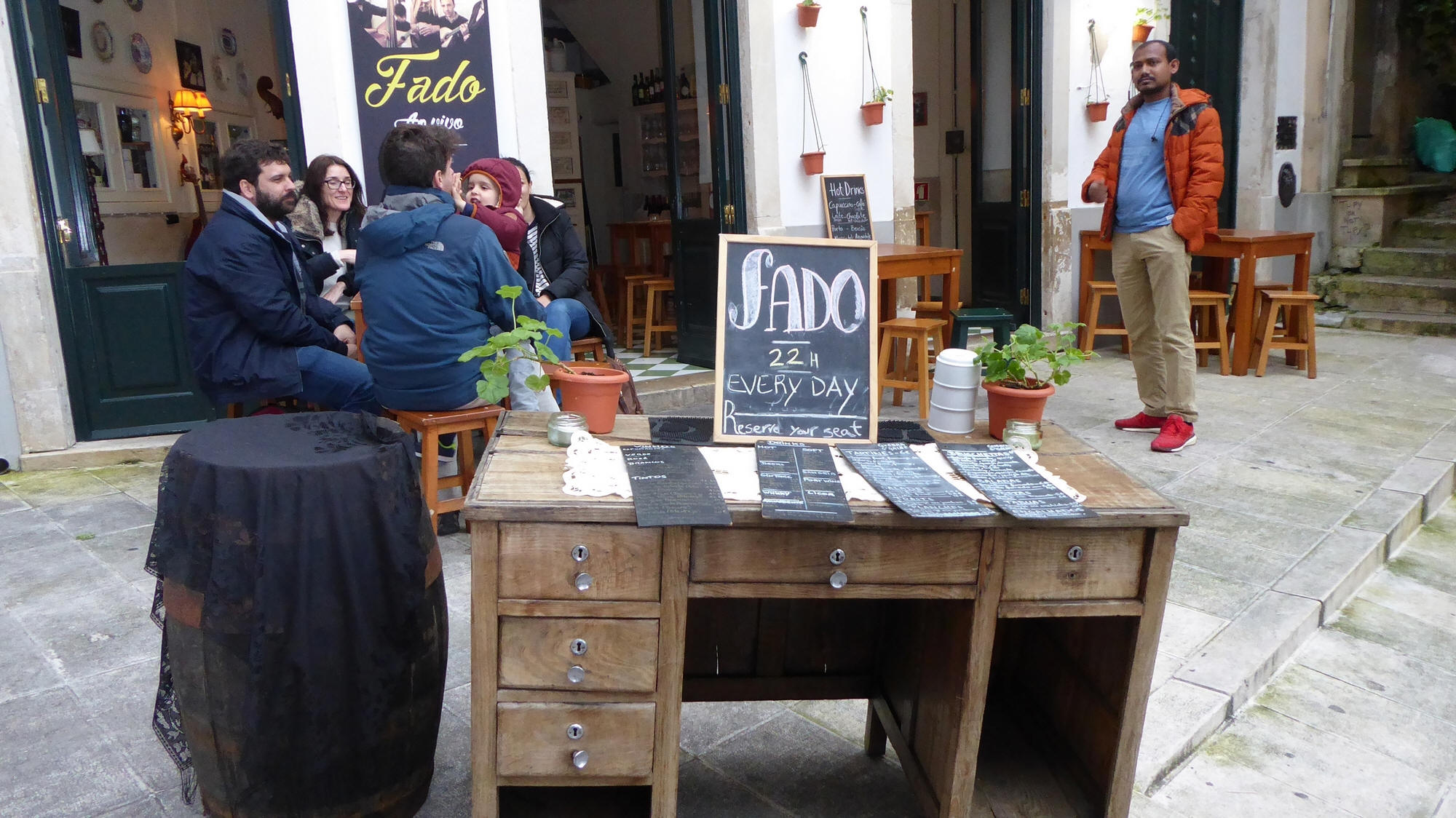
A little fado-restaurant on the way to the university - Spring 2018
Video -
Coimbra
Universidade de
Coimbra - Spring 2018
The University of Coimbra from 1537 is one of the oldest universities in the world and the oldest
university in Portugal. The university has over 20,000 students and is the most international and
famous in Portugal - not least for its library, which is quite unique. The baroque library from the
18th century houses 250,000 books and is richly decorated. The university was originally founded in
1139 in Lisbon, but in 1537 the king moved the university to Coimbra.
